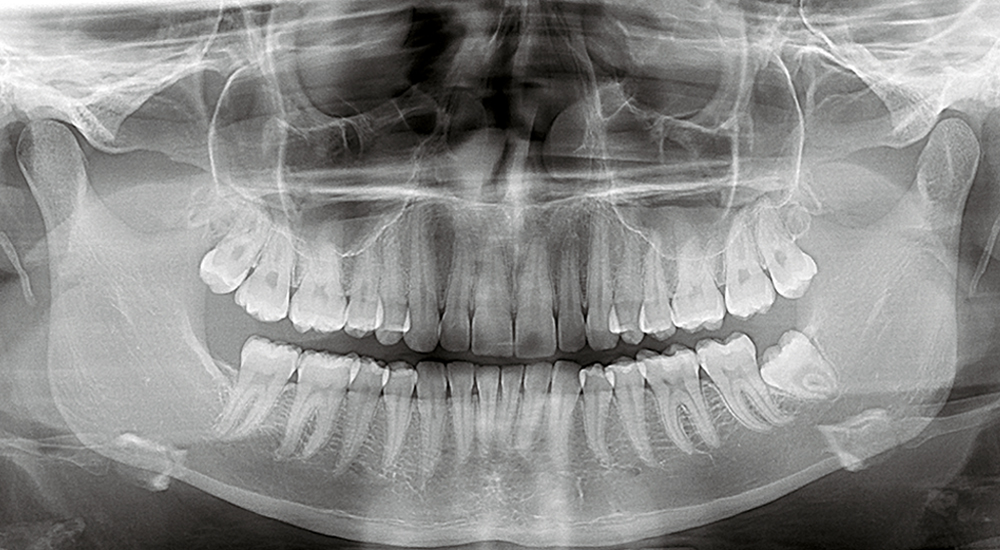OPG X-Ray
Unlike other kinds of dental x-ray, which capture just one tooth or a section of the mouth, panoramic x-rays show the whole mouth in one single image. The technical term for a panoramic dental x-ray is an orthopantomogram, so you can see why it’s referred to as an OPT or OPG x-ray for short.
Dental radiography helps dentists and oral surgeons identify dental issues that would otherwise be difficult or impossible to spot.
These include:
- Tooth decay, especially under a filling or between two teeth
- Tooth infections, including abscesses at the end of a tooth root or below the gum line
- Impacted wisdom teeth
- Bone loss in the jaw bone from gum disease or a missing tooth
- Hyperdontia and hypodontia (the conditions of having too many or too few teeth genetically)
- Tumors linked to jaw cancer or oral cancer
Importantly, for people seeking dental treatment overseas, a panoramic x-ray makes it possible for dentists to accurately assess your oral health
condition remotely and provide a cost estimate for your treatment plan. You will still have a full examination when you arrive at the clinic, but by then you will already have a good idea of the treatment needed and approximate cost.
In some cases, it may also be necessary to perform a periapical radiograph (which focuses on several teeth in detail) or a CT scan. A dental CT scan produces a 3D image and is particularly helpful for assessing bone density when you’re getting tooth implants.


